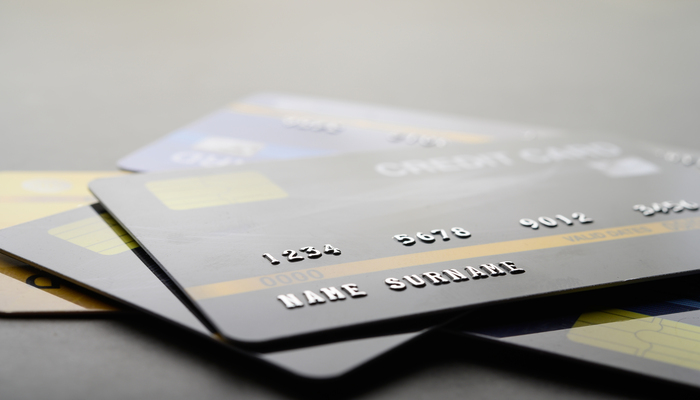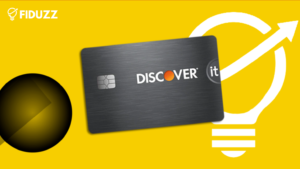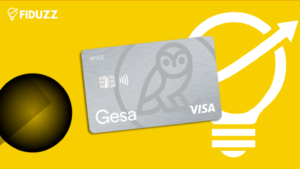Credit cards are an essential part of modern finance, offering convenience, rewards, and financial flexibility. However, understanding how to use them effectively and responsibly is crucial to avoid debt and maximize their benefits.
What is a credit card?
A credit card is a financial tool that allows you to borrow money from a bank or financial institution to make purchases or pay for services. Unlike debit cards, which withdraw funds directly from your bank account, credit cards provide a line of credit that you can use up to a certain limit. You must repay the borrowed amount, typically with interest, if you do not pay off the full balance each month.
Types of credit cards
1. Standard Credit Cards
Standard credit cards are the most common type, offering a revolving line of credit with a set limit. They often come with various features such as rewards programs, cashback, and travel benefits.
2. Rewards Credit Cards
Rewards credit cards offer points, miles, or cashback on purchases. These rewards can be redeemed for travel, merchandise, statement credits, or other perks. Examples include travel rewards cards, cashback cards, and points cards.
3. Secured Credit Cards
Secured credit cards require a security deposit, which serves as collateral and determines your credit limit. They are ideal for individuals with no credit history or those looking to rebuild their credit.
4. Business Credit Cards
Business credit cards are designed for business owners and offer features tailored to business expenses, such as higher credit limits, expense tracking, and rewards for business-related purchases.
5. Student Credit Cards
Student credit cards are tailored for college students with limited or no credit history. They often have lower credit limits and may offer rewards and benefits geared toward students.
Choosing the right credit card
Selecting the right credit card depends on your financial needs and spending habits. Here are some factors to consider:
1. Interest Rates (APR)
The Annual Percentage Rate (APR) is the interest rate charged on unpaid balances. Look for a card with a low APR if you plan to carry a balance from month to month.
2. Fees
Be aware of fees such as annual fees, late payment fees, balance transfer fees, and foreign transaction fees. Some cards waive the annual fee for the first year or have no annual fee at all.
3. Rewards and Benefits
Choose a card that offers rewards and benefits that match your spending habits. For example, if you travel frequently, a travel rewards card with airline miles or hotel points might be ideal.
4. Credit Limit
Consider the credit limit offered by the card. A higher credit limit can provide more flexibility, but it’s essential to use it responsibly to avoid debt.
5. Introductory Offers
Many credit cards offer introductory 0% APR periods on purchases or balance transfers. These offers can be beneficial for financing large purchases or consolidating debt.
Applying for a credit card
1. Check Your Credit Score
Your credit score plays a significant role in credit card approval and the terms you’ll receive. Check your credit score before applying to understand where you stand.
2. Compare Cards
Research and compare different credit card offers to find the one that best suits your needs. Use online comparison tools and read reviews to gather information.
3. Gather Required Information
When applying for a credit card, you’ll need to provide personal information such as your Social Security number, employment details, and income.
4. Submit Your Application
You can apply for a credit card online, by phone, or through mail. Ensure all information is accurate to avoid delays in processing.
Using your credit card wisely
1. Pay Your Balance in Full
To avoid interest charges, pay your credit card balance in full each month. This practice also helps maintain a good credit score.
2. Keep Your Credit Utilization Low
Credit utilization is the ratio of your credit card balance to your credit limit. Aim to keep your utilization below 30% to improve your credit score.
3. Monitor Your Statements
Regularly review your credit card statements to ensure all charges are accurate. Report any fraudulent or unauthorized transactions immediately.
4. Take Advantage of Rewards
Maximize your rewards by using your credit card for everyday purchases and paying off the balance in full. Redeem your rewards for cashback, travel, or other benefits.
5. Avoid Cash Advances
Cash advances typically come with high fees and interest rates. Avoid using your credit card for cash advances unless absolutely necessary.
Managing credit card debt
1. Create a Budget
A budget helps you track your income and expenses, ensuring you can pay your credit card bills on time. Allocate funds for necessary expenses and limit discretionary spending.
2. Pay More Than the Minimum
Paying only the minimum amount due can lead to long-term debt and high-interest charges. Whenever possible, pay more than the minimum to reduce your balance faster.
3. Consolidate Debt
If you have multiple credit card balances, consider consolidating them into a single card with a lower interest rate or a personal loan. This can simplify payments and reduce interest costs.
4. Seek Professional Help
If you’re struggling with credit card debt, consider seeking help from a credit counseling agency. They can provide advice and create a debt management plan tailored to your situation.
Understanding credit card terms
1. APR (Annual Percentage Rate)
The APR is the annual interest rate charged on outstanding balances. It can be fixed or variable, with variable rates subject to change based on market conditions.
2. Grace Period
The grace period is the time between the end of your billing cycle and the due date. During this period, you can pay your balance in full without incurring interest charges.
3. Balance Transfer
A balance transfer involves moving debt from one credit card to another, often with a lower interest rate. Balance transfer cards may offer 0% APR for a limited time.
4. Credit Limit
The credit limit is the maximum amount you can borrow on your credit card. Exceeding this limit can result in fees and negatively impact your credit score.
5. Minimum Payment
The minimum payment is the smallest amount you must pay each month to keep your account in good standing. Paying only the minimum can result in long-term debt due to interest charges.
Credit cards offer a range of benefits, from convenience and rewards to building credit and managing expenses. However, it’s crucial to use them responsibly to avoid debt and financial difficulties. By understanding the different types of credit cards, choosing the right one, and managing your account wisely, you can maximize the advantages and maintain a healthy financial life. This ultimate credit card guide provides the knowledge you need to navigate the world of credit cards confidently and make informed decisions that benefit your financial well-being.




